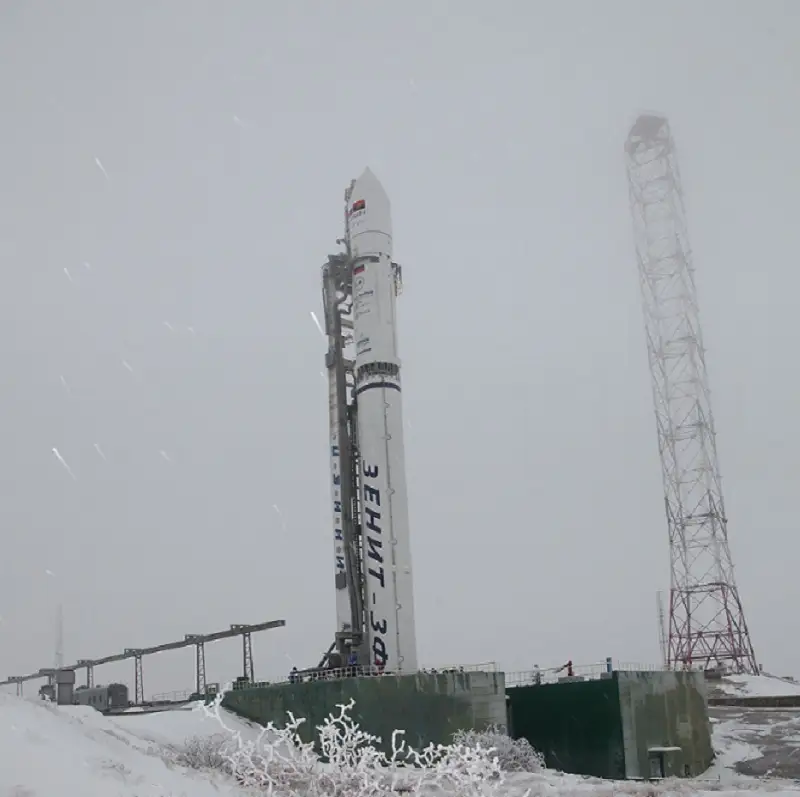Zenit-2SB rocket carrying Angolan satellite blasts off from Baikonur

"The successful launch of the space rocket was carried out from Launch Pad 1 of the Baikonur launch center's Site 45 at 22:00 Moscow time," the source said.
The first stage separated two and a half minutes into the launch and fell in Kazakhstan's Karaganda region. Later, the Fregat booster and the payload separated from the rocket.
"At 22.08 Moscow time the Fregat booster and the Angosat telecoms satellite successfully separated from the Zenit rocket," the Roscosmos source said.

Within nine hours, the Fregat booster is expected to inject the payload into the designated orbit in a series of three burns. The separation of the satellite from the booster is scheduled for 6:54 Moscow times.
The launch of the Zenit rocket with the Fregat booster and the Angosat satellite was initially scheduled for December 7, but was postponed in late November until December 26 due to a problem that emerged in one of Fregat's valves when it was being refueled.
The 1,647-kilogram Angosat geostationary satellite has been produced at Russia's Energiya Rocket and Space Corporation under a contract with the Angolan Telecommunications and Information Technology Ministry. It is intended to provide communications and TV broadcasting for Angola and the entire African continent.
The Zenit-2SB carrier rocket was developed by Ukraine's Yuzhnoye design bureau for use in the Land Launch project, envisaging Zenit launches from the Baikonur space center. The rockets were manufactured by the Yuzhmash plant in Ukraine from Russian-Ukrainian components. Zenit-2SB can take over 13 tonnes of payload to low-earth orbit. The first launch of Zenit-2SB with the Fregat booster took place in January 2011.
The latest Zenit-2SB launch took place from Baikonur on December 11, 2015.